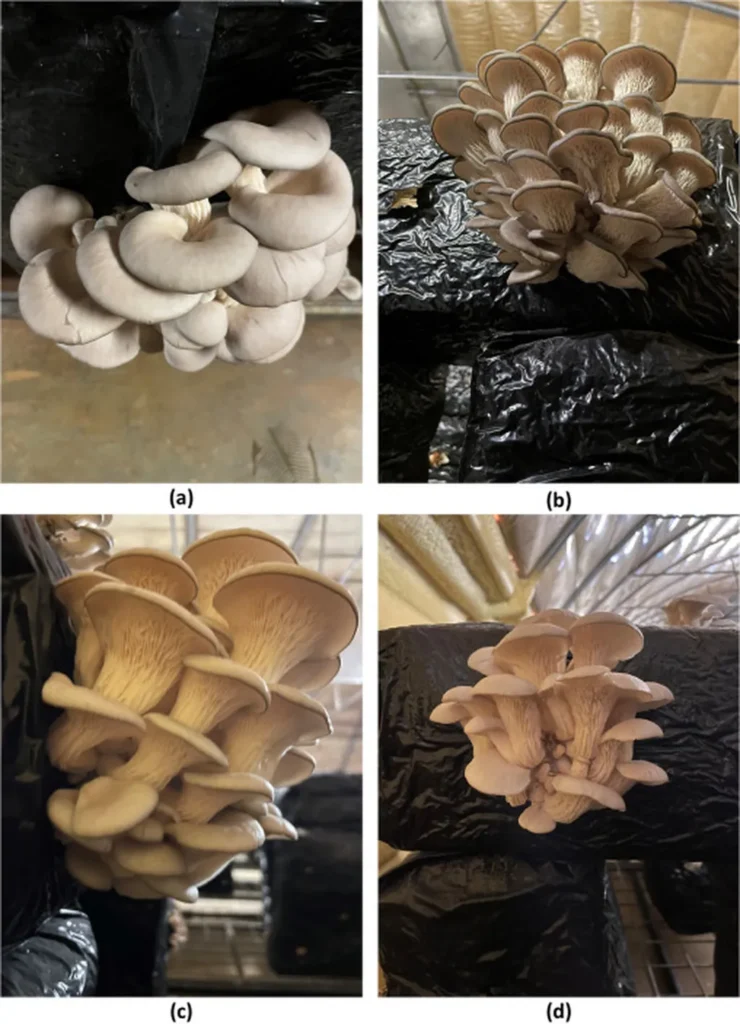In the heart of China’s agricultural innovation, a groundbreaking study led by Lei Shi from the Institute for the Smart Agriculture at Jilin Agricultural University has introduced a novel approach to detecting damage in *Pleurotus ostreatus*, commonly known as oyster mushrooms. This research, published in the journal *Horticulturae* (translated to English as “Horticulture”), promises to revolutionize the agricultural sector by enhancing automation and reducing labor dependency, ultimately boosting market value and quality control.
The study focuses on the prevalent gray edible fungus, *Pleurotus ostreatus*, which often suffers from physical damage that compromises its quality and appearance, significantly diminishing its market value. Shi and his team have developed an enhanced method for detecting such damage using an improved YOLOv8n model. This advancement aims to make damage recognition technology more accessible and to enhance automation in mushroom cultivation.
“The OMB-YOLO-tiny model not only outperforms mainstream models in both accuracy and inference speed but also reduces parameters by nearly half,” said Shi. This model achieves a remarkable balance between parameter efficiency and detection accuracy, with a parameter of 1.72 M and a [email protected] of 90.14% on the test set.
The research utilized a self-collected, self-organized, and self-constructed dataset. The team modified the feature extraction module of the original YOLOv8n by integrating a lightweight GhostHGNetv2 backbone network. During the feature fusion stage, the original YOLOv8 components were replaced with a lightweight SlimNeck network, and an Attentional Scale Sequence Fusion (ASF) mechanism was incorporated into the feature fusion architecture. This resulted in the proposed OMB-YOLO model, which was further optimized through the DepGraph method for pruning, yielding the OMB-YOLO-tiny variant.
The implications of this research are vast. By providing a more efficient and accurate method for detecting damage in *Pleurotus ostreatus*, the OMB-YOLO-tiny model can significantly enhance agricultural quality control systems. This advancement is a pivotal step in advancing China’s agricultural modernization and serves as a valuable reference for subsequent research.
The commercial impacts of this research are particularly noteworthy. In the agricultural sector, the ability to quickly and accurately detect damage can lead to substantial cost savings and improved product quality. This, in turn, can enhance market value and consumer satisfaction. The OMB-YOLO-tiny model’s efficiency and accuracy make it an optimal solution for agricultural quality control, paving the way for future developments in the field.
As the agricultural industry continues to evolve, the integration of advanced technologies like the OMB-YOLO-tiny model will be crucial. This research not only highlights the potential of model lightweighting and pruning but also underscores the importance of continuous innovation in agricultural automation. With the OMB-YOLO-tiny model leading the way, the future of agricultural quality control looks brighter than ever.

